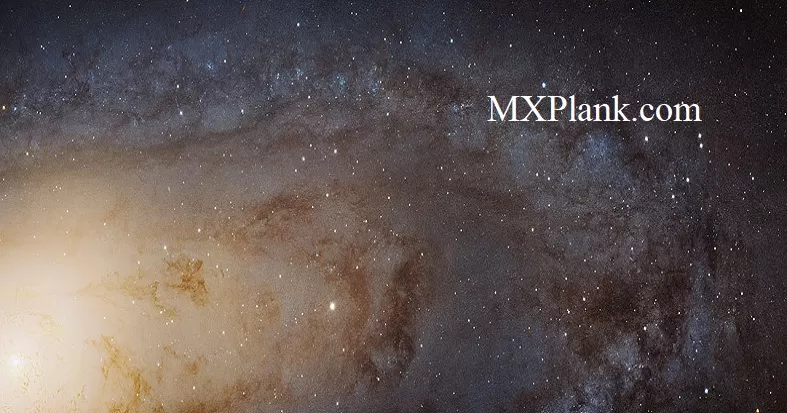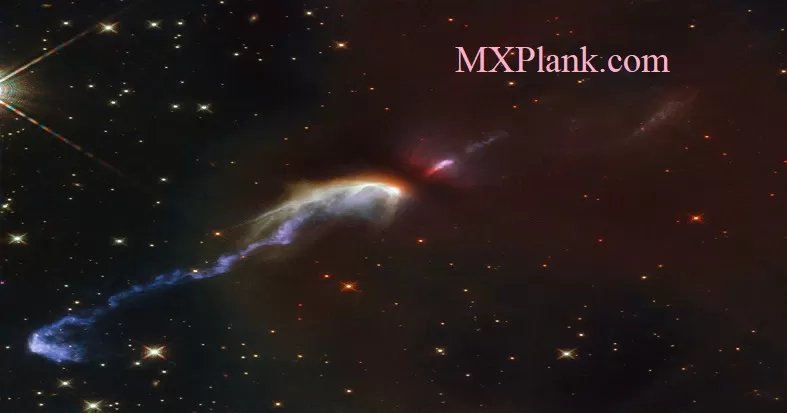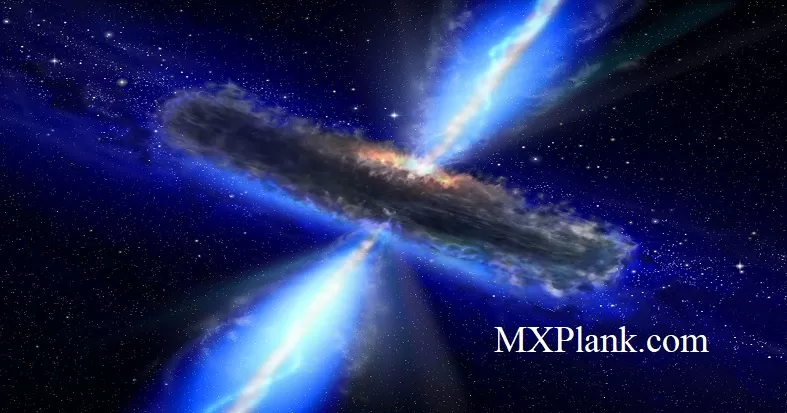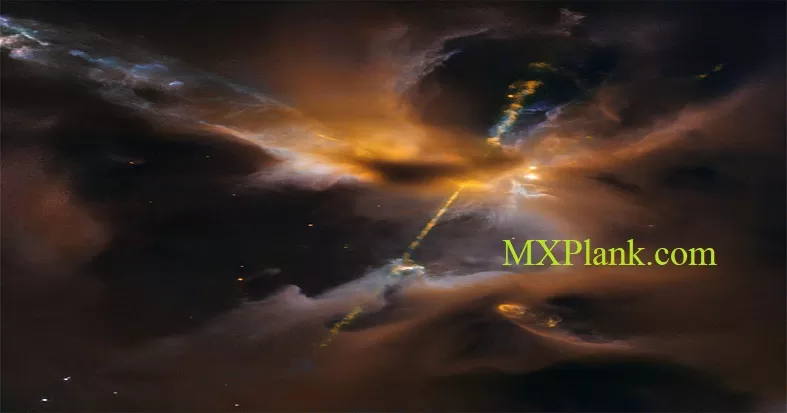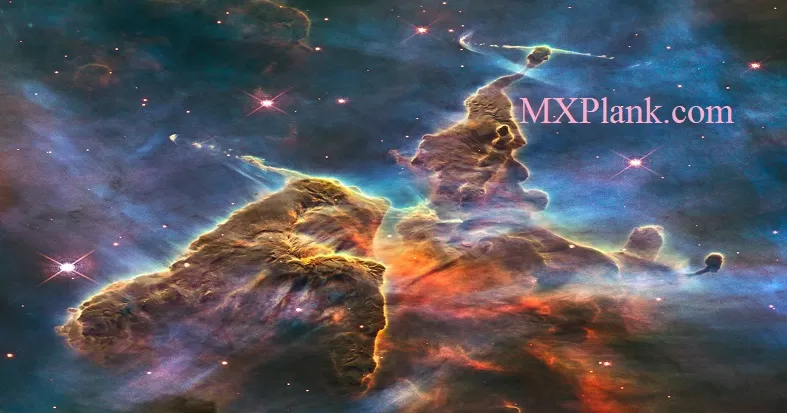Antimatter & AntiProton Decelerator

The Antiproton Decelerator (AD) is a unique machine that produces low-energy antiprotons for studies of antimatter, and "creates" antiatoms.
A proton beam coming from the PS (Proton Synchrotron) is fired into a block of metal. These collisions create a multitude of secondary particles, including lots of antiprotons. These antiprotons have too much energy to be useful for making antiatoms. They also have different energies and move randomly in all directions. The job of the AD is to tame these unruly particles and turn them into a useful, low-energy beam that can be used to produce antimatter.
Antihydrogen Experiment Apparatus
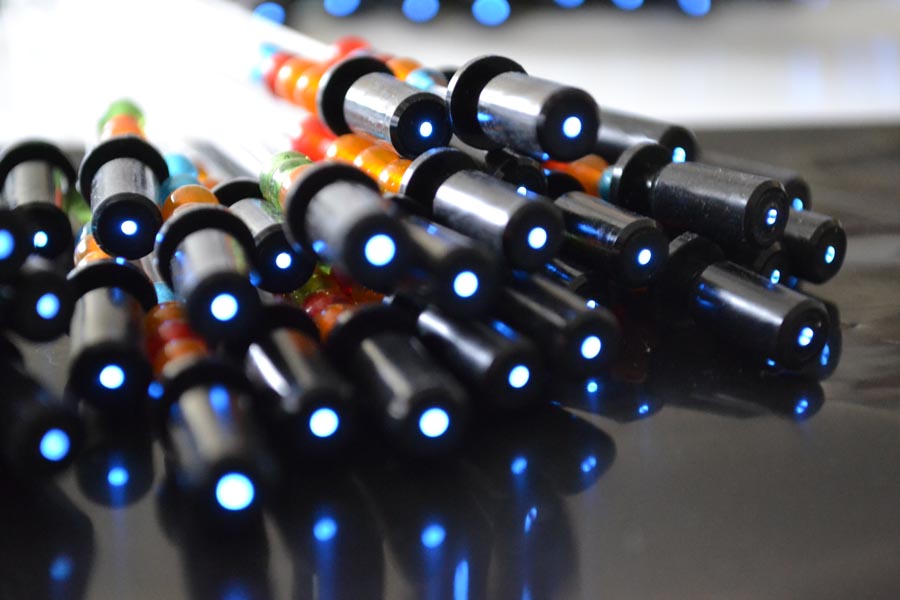
The primary scientific goal of the Antihydrogen Experiment: Gravity, Interferometry, Spectroscopy (AEgIS) is the direct measurement of the Earth's gravitational acceleration, g, on antihydrogen.
AEgIS is a collaboration of physicists from a number of countries in Europe and from India. In the current phase of the experiment, the collaboration is using antiprotons from the Antiproton Decelerator to make a pulsed beam of antihydrogen atoms. They will then pass the antihydrogen beam through an instrument called a Moire deflectometer coupled to a position-sensitive detector to aim to measure the strength of the gravitational interaction between matter and antimatter to a precision of 1%.
The Large Hadron Collider
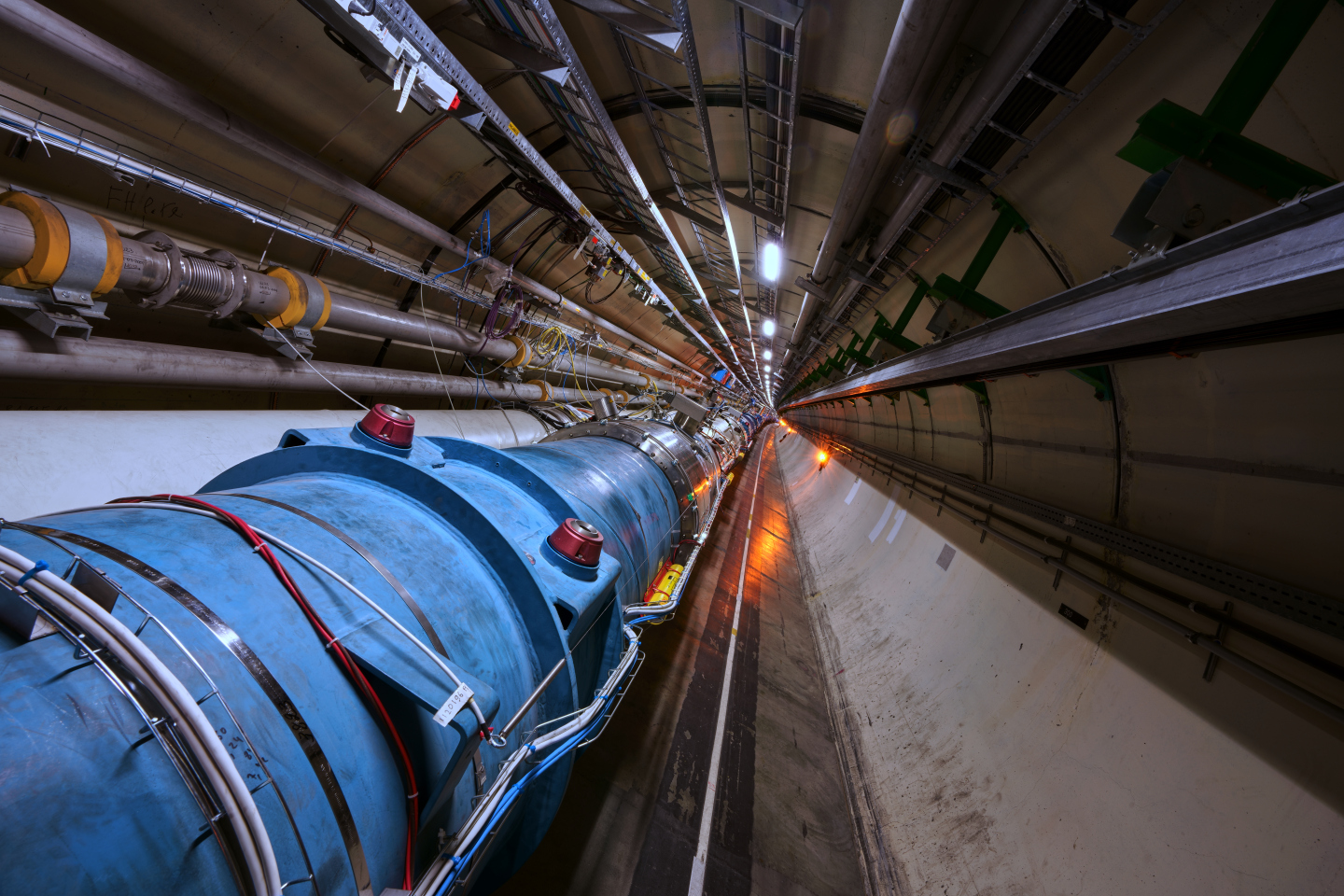
The Large Hadron Collider (LHC) is the world's largest and most powerful particle accelerator. It first started up on 10 September 2008, and remains the latest addition to CERN's accelerator complex. The LHC consists of a 27-kilometre ring of superconducting magnets with a number of accelerating structures to boost the energy of the particles along the way.
High-Luminosity Large Hadron Collider
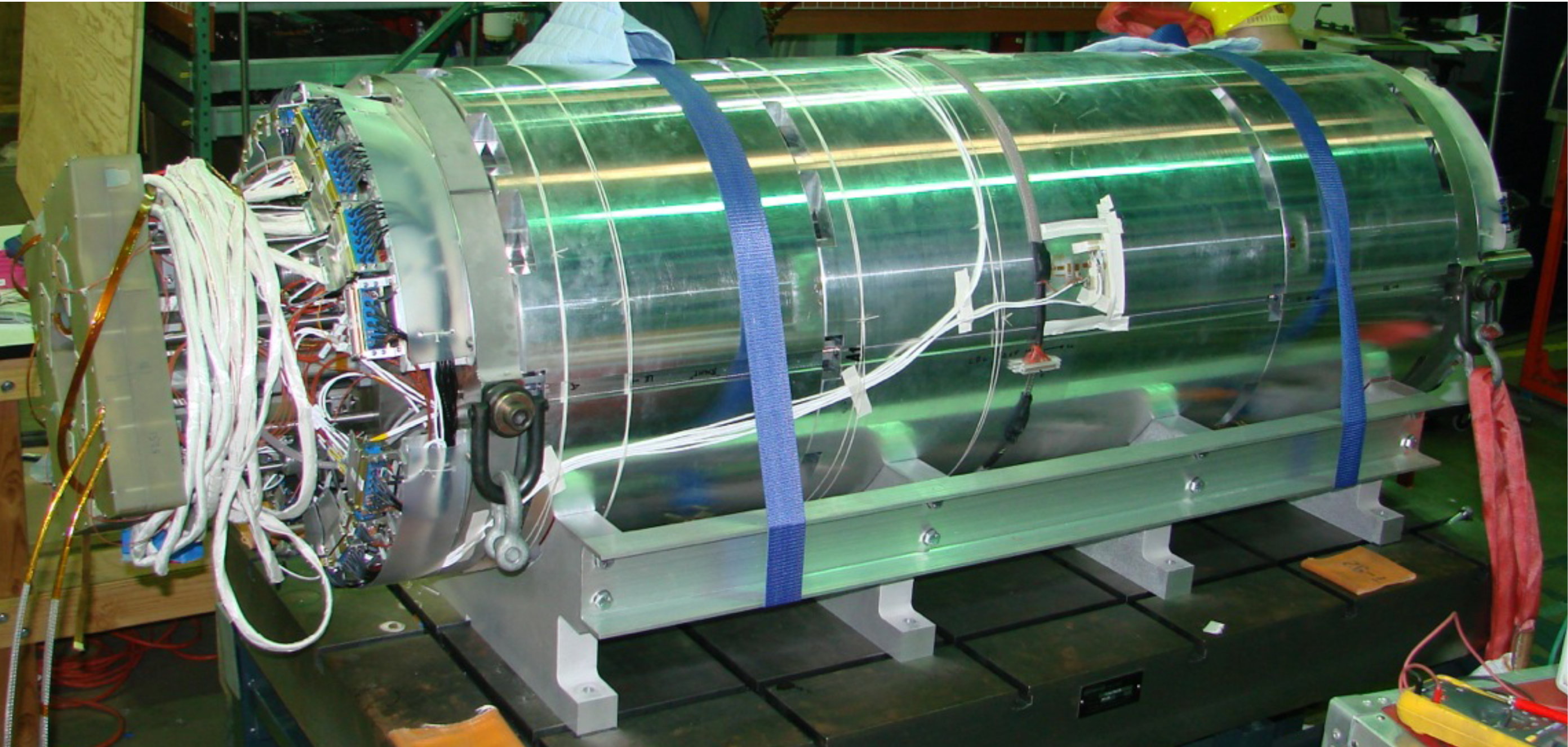
The High-Luminosity Large Hadron Collider (HL-LHC) project aims to crank up the performance of the LHC in order to increase the potential for discoveries after 2029. The objective is to increase the integrated luminosity by a factor of 10 beyond the LHC's design value.
Luminosity is an important indicator of the performance of an accelerator: it is proportional to the number of collisions that occur in a given amount of time. The higher the luminosity, the more data the experiments can gather to allow them to observe rare processes.
TARANTULA NEBULA - NIR (Near Infra-Red)IMAGE
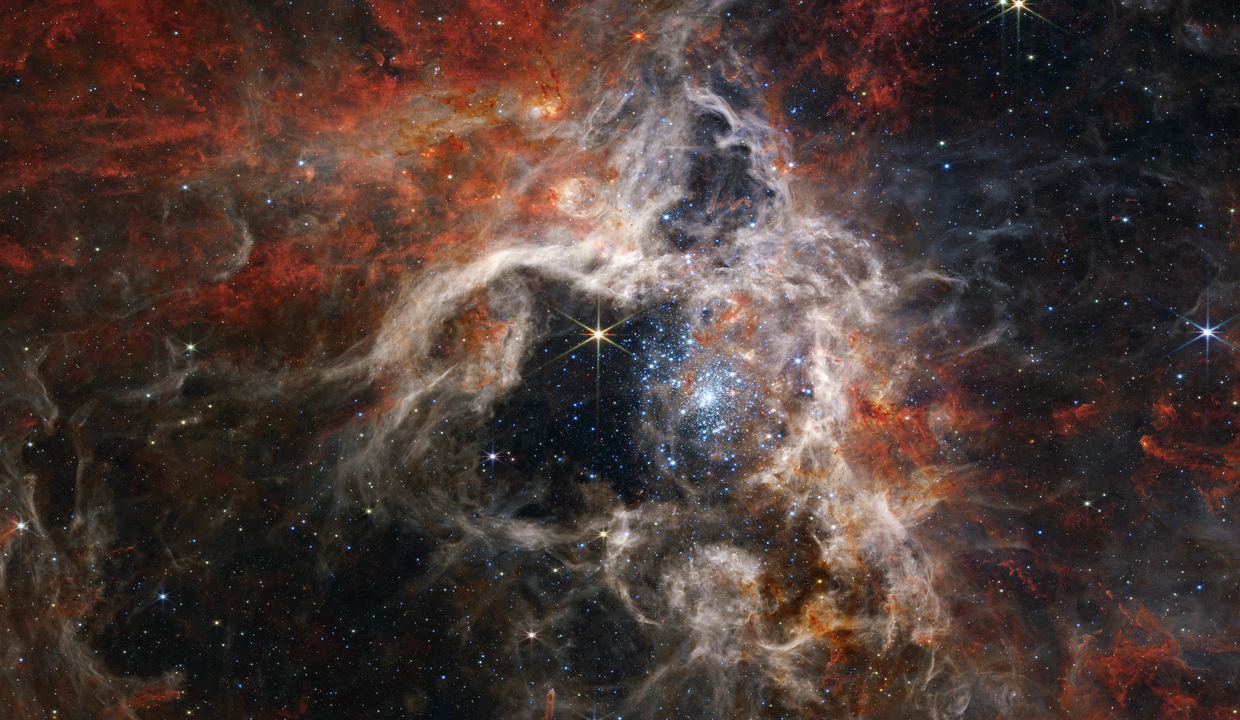
In this mosaic image stretching 340 light-years across, Webb's Near-Infrared Camera (NIRCam) displays the Tarantula Nebula star-forming region in a new light, including tens of thousands of never-before-seen young stars that were previously shrouded in cosmic dust. The most active region appears to sparkle with massive young stars, appearing pale blue. Scattered among them are still-embedded stars, appearing red, yet to emerge from the dusty cocoon of the nebula. NIRCam is able to detect these dust-enshrouded stars thanks to its unprecedented resolution at near-infrared wavelengths.
CARTWHEEL GALAXY - NIR (Near Infra-Red) & MIRI (Mid Infra-Red Instrument)
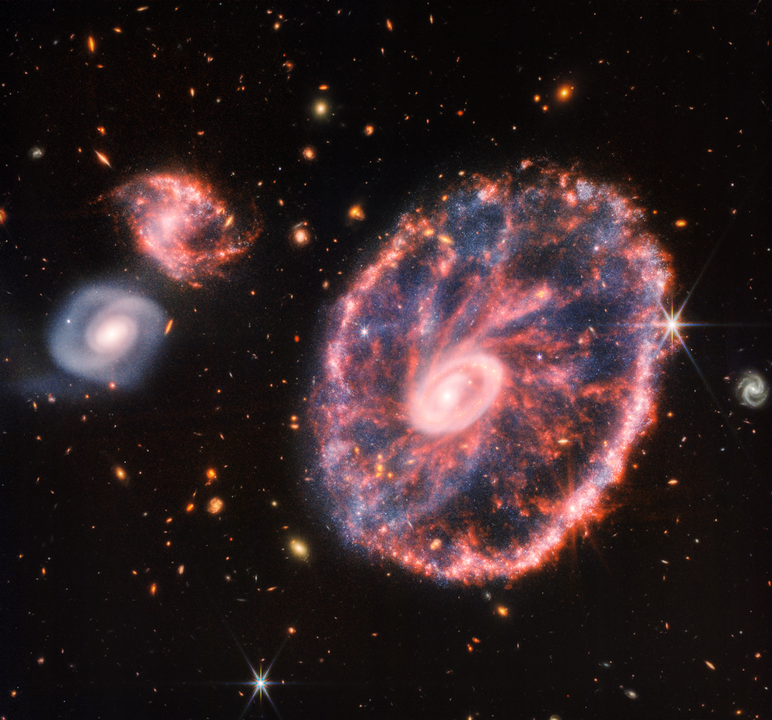
This image of the Cartwheel and its companion galaxies is a composite from Webb's Near-Infrared Camera (NIRCam) and Mid-Infrared Instrument (MIRI), which reveals details that are difficult to see in the individual images alone.
This galaxy formed as the result of a high-speed collision that occurred about 400 million years ago. The Cartwheel is composed of two rings, a bright inner ring and a colorful outer ring. Both rings expand outward from the center of the collision like shockwaves.
"COSMIC CLIFFS" IN THE CARINA NEBULA - NIR (Near Infra-Red) SPECTRUM
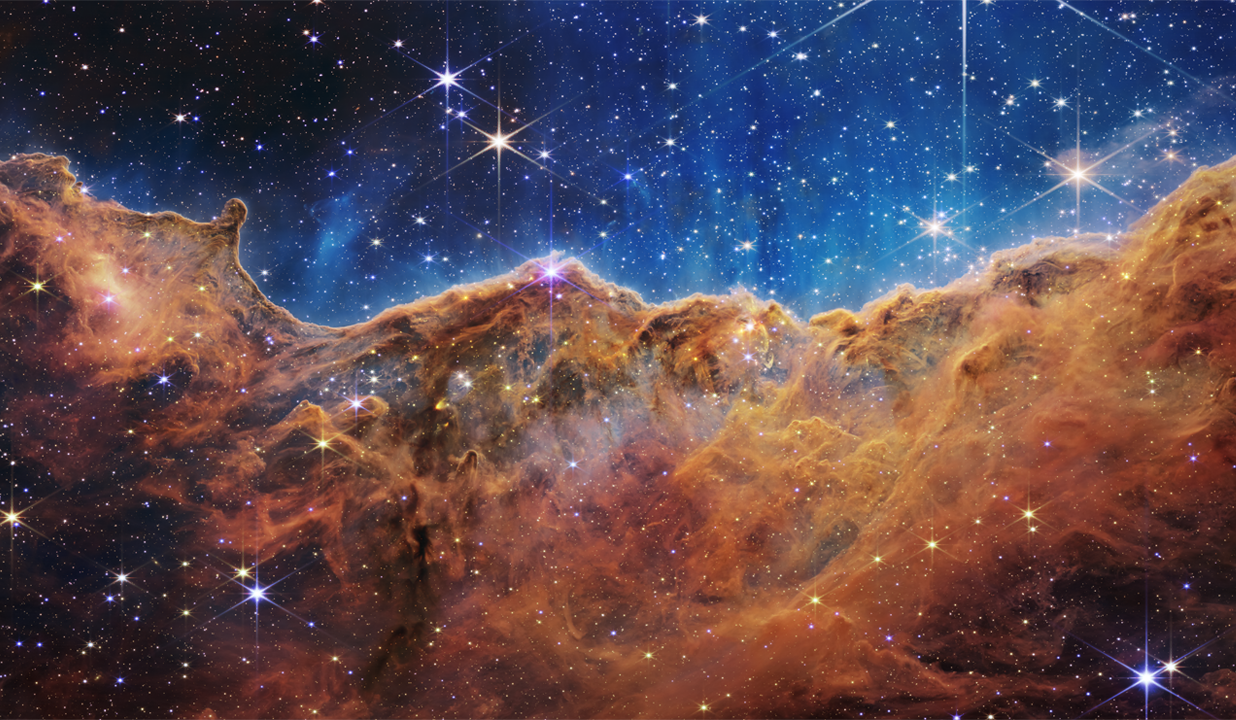
What looks much like craggy mountains on a moonlit evening is actually the edge of a nearby, young, star-forming region NGC 3324 in the Carina Nebula. Captured in infrared light by the Near-Infrared Camera (NIRCam) on NASA's James Webb Space Telescope, this image reveals previously obscured areas of star birth.
Called the Cosmic Cliffs, the region is actually the edge of a gigantic, gaseous cavity within NGC 3324, roughly 7,600 light-years away. The cavernous area has been carved from the nebula by the intense ultraviolet radiation and stellar winds from extremely massive, hot, young stars located in the center of the bubble, above the area shown in this image. The high-energy radiation from these stars is sculpting the nebula's wall by slowly eroding it away.
"Stephan's Quintet,Hickson Compact Group (HCG) 92, NGC 7318A, NGC 7318B, NGC 7319, NGC 7320 -MIRI Spectrum
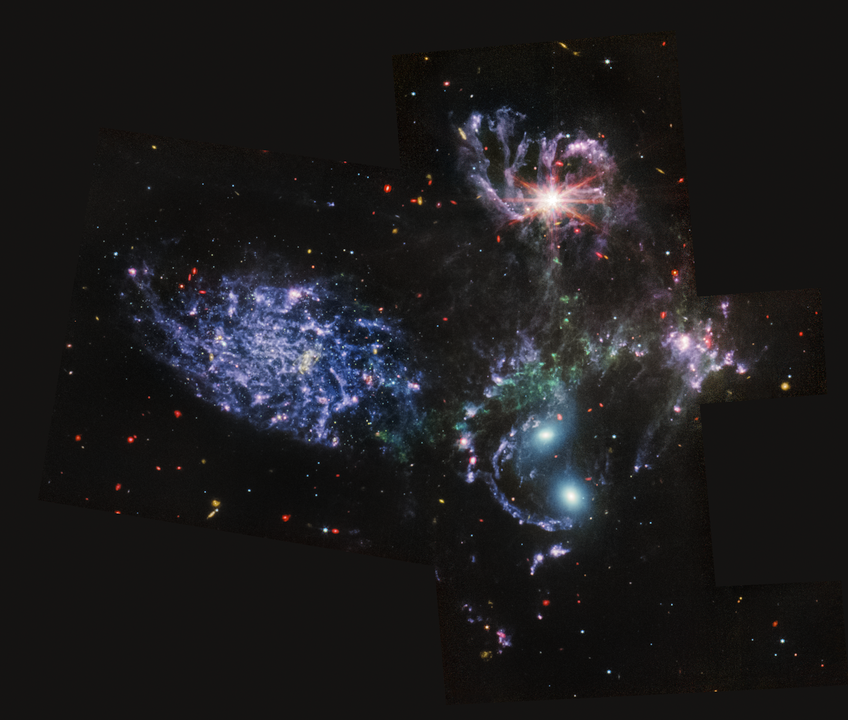
With its powerful, mid-infrared vision, the Mid-Infrared Instrument (MIRI) shows never-before-seen details of Stephan's Quintet, a visual grouping of five galaxies. MIRI pierced through dust-enshrouded regions to reveal huge shock waves and tidal tails, gas and stars stripped from the outer regions of the galaxies by interactions. It also unveiled hidden areas of star formation. The new information from MIRI provides invaluable insights into how galactic interactions may have driven galaxy evolution in the early universe.
This image contains one more MIRI filter than was used in the NIRCam-MIRI composite picture. The image processing specialists at the Space Telescope Science Institute in Baltimore opted to use all three MIRI filters and the colors red, green and blue to most clearly differentiate the galaxy features from each other and the shock waves between the galaxies.

